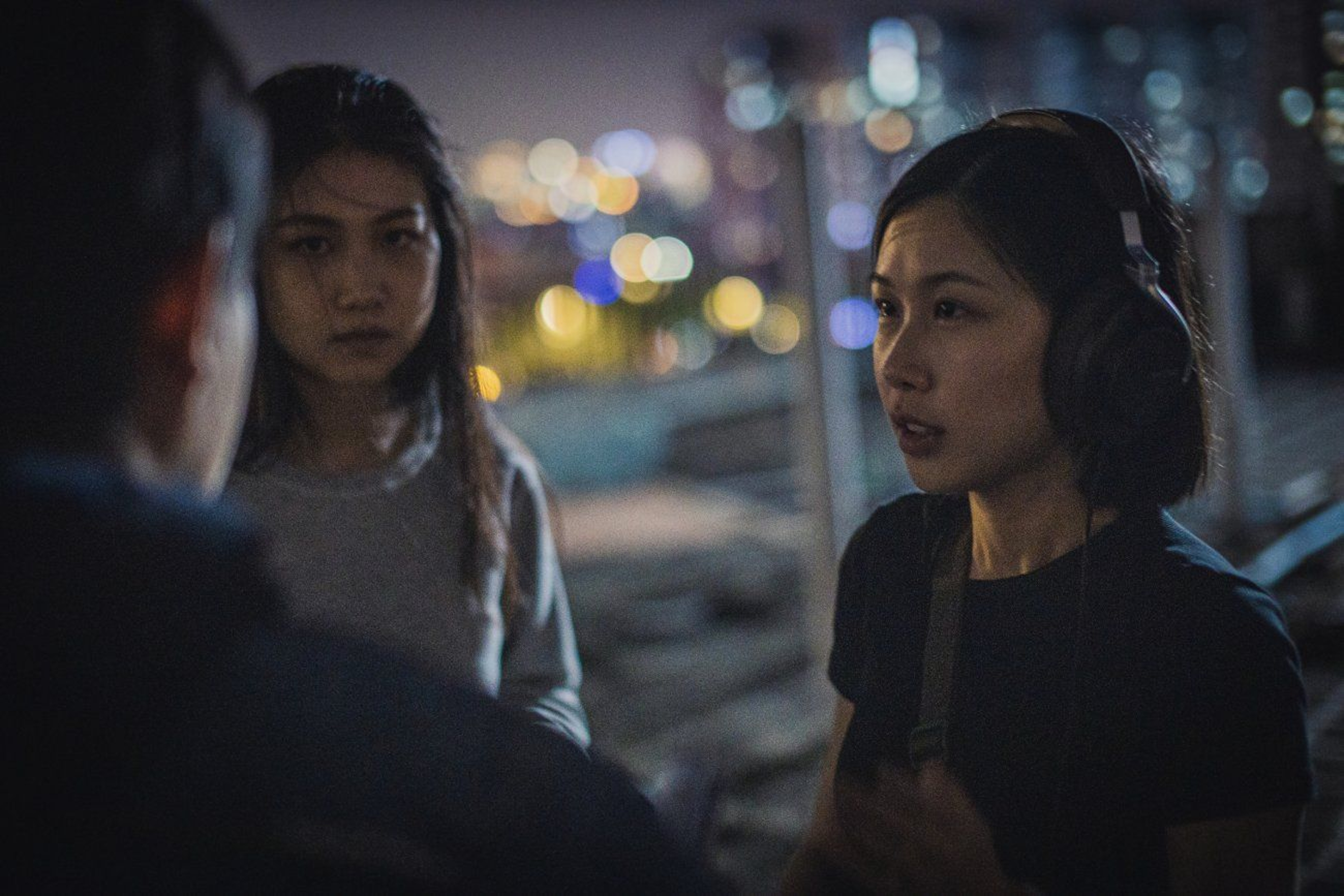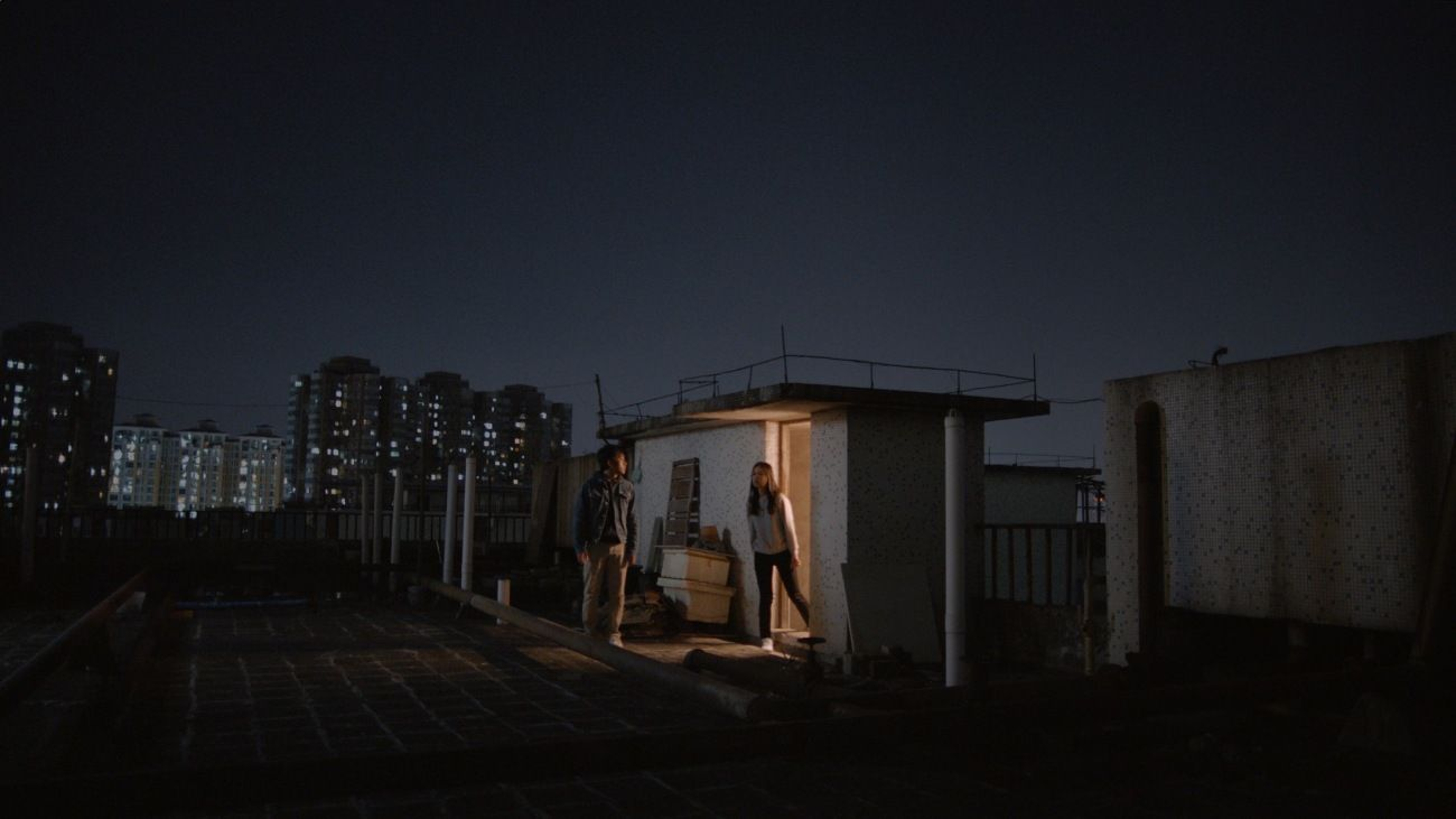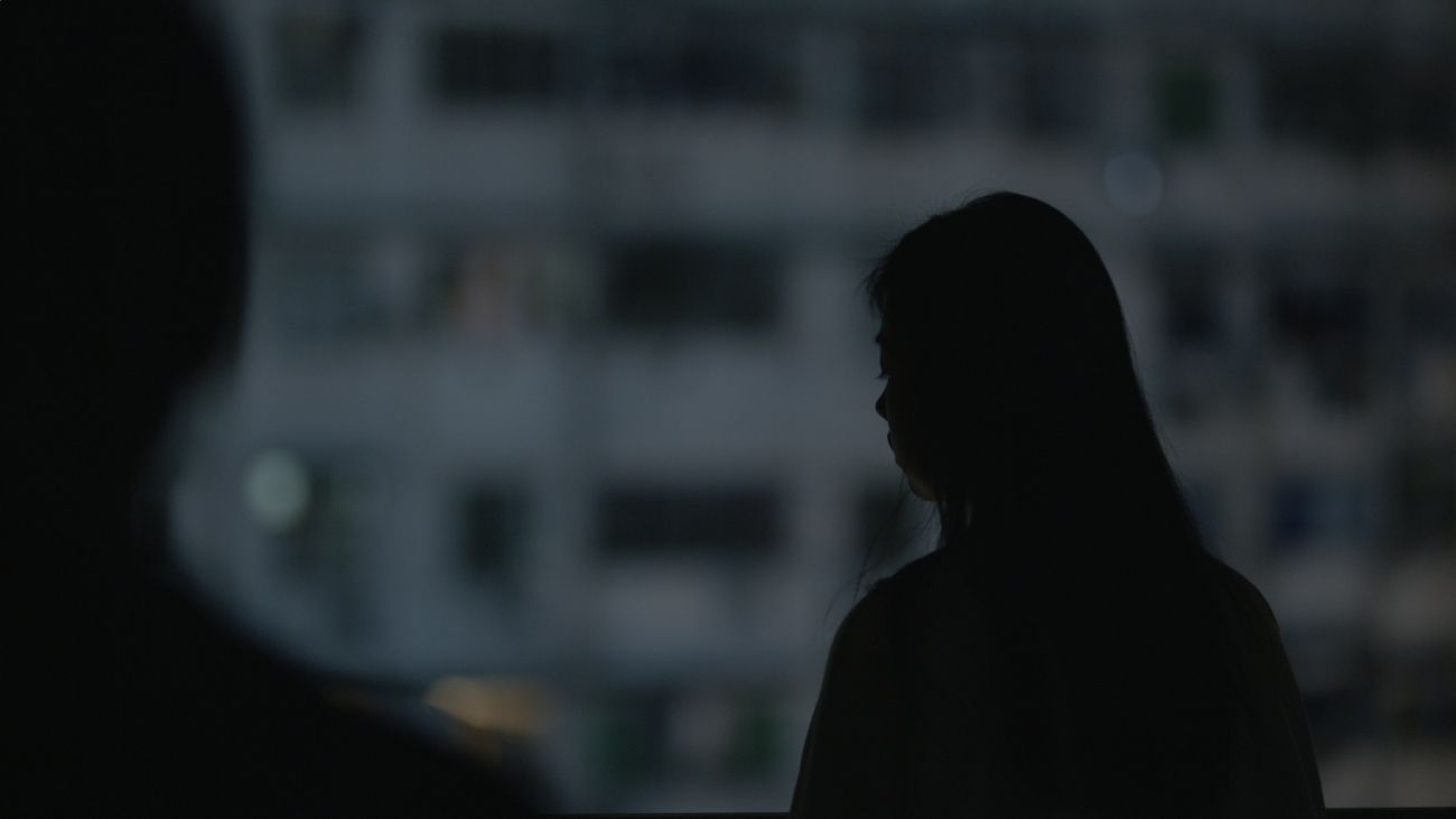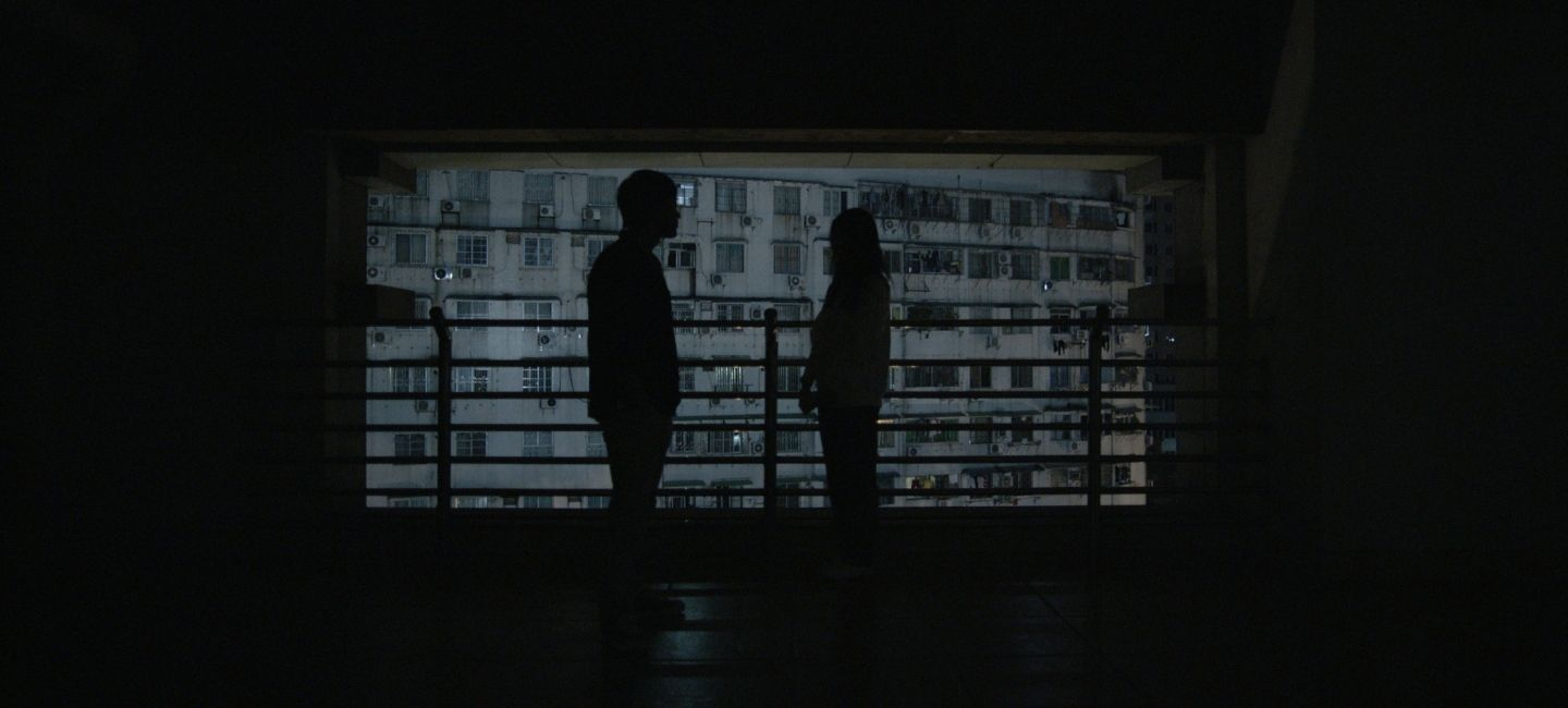Yingtong Li’s short film The Silent Whistle is one of five works chosen by a special jury of filmmakers, curators, and critics for the Focus Features & JetBlue Student Short Film Showcase. Created as her MFA thesis film for Emerson College, The Silent Whistle was selected from projects from 23 different graduate programs.
In the film, 19-year-old Ming is a loner who works the night shift at a convenience store. One day near the spring festival, her neighbor Rui invites her for a “special” dinner, which summons up her hidden past.
We asked Li to tell us a little about the inspiration for her film, the artists who influenced her, and her plans for the future.
Yingtong Li's The Silent Whistle
Where did the idea for The Silent Whistle come from?
I grew up in a small seaside city in southern China. When I was a kid, I was obsessed with all kinds of stories from my parents—stories about the sea, people, and life in a small town. I got inspiration from those stories and developed it into a script.
The architectural spaces are so striking. How did you find the locations in your film?
Before I scouted locations, I spent some time figuring out the exact places I wanted. I did research online to find pictures with similar architectural spaces to what I had in my mind. We figured that the locations we wanted were located in the old town, an area that I and most of the young crew members were not familiar with. So we spent time talking with elderly people in the old town. Luckily, we got inspiration from them and found some really interesting spaces.

Director Yingtong Li on the set of The Silent Whistle
How did you find your principal cast?
Most of the principal cast are friends that I met in film school and on film sets. After finalizing my script, I contacted friends that I thought were the most suitable people for this project. Luckily, they liked the script very much and we hit it off, so we ended up working on this project together.
What in the final film most captures what you saw in your mind when you first imagined the film?
It’s the atmosphere, the delicate, uneasy, and restrained tension between the female and male characters. This is what I wanted from the beginning. Under the gaze of the skyscrapers of a Chinese metropolis, two different individuals meet, each enclosed in their own past life, close but so far away.

The Silent Whistle
What was the biggest lesson you learned working on The Silent Whistle?
Why not have a second try, even a third try, if you think that’s right for your film?
Getting permission to shoot was the thing that most challenged us during pre-production. In The Silent Whistle, most of the indoor and outdoor locations we see are located in an old building built in the 1980s in the old town area of Guangzhou city. In Guangzhou, communities like that are usually populated with elderly people who are used to getting to bed early and need a quiet living environment. However, my scenes were all late-night scenes that needed to be shot in a hallway. At first, we got rejected by the building officers. However, I felt that this was the perfect location for my film. To gain permission to shoot from the residents, I walked door-to-door through the community with my producer and talked to the people who lived there. Touched by our sincere passion for making this film, we got a “yes” from the residents and were allowed to shoot in this lovely community.
As an emerging filmmaker, who are your influences (filmmakers, artists, writers, or friends)?
I like Céline Sciamma's films very much. They are understated, beautiful, and tell small but personal stories about subjects that are overlooked and unrecognized.
I like the artist Cai Guo-Qiang’s work very much, which is poetic and ambitious. Known for his dramatic installations and for using gunpowder as a medium, he riffs on themes of destruction, chance, and regional culture. Cai draws on disparate references, including mythology, Buddhism, Chinese medicine, and contemporary social issues.

The Silent Whistle
What was the first film you saw that made you want to be a filmmaker and why?
It was Ingmar Bergman’s Wild Strawberries (1957). Infused with dreams, memories, and present-day interactions, it’s a poem to youth, love, family, and human beings without being overly forced. The pensive and quiet film makes me realize myself and the meaning of life every time I watch it.
Are you working on a feature film? What is it about?
My next project will be a narrative short film named A Visiting. It is about a special visit between 30-year-old Bai and her father on a sunny winter afternoon. It's another delicate and personal portrait of love and family.
